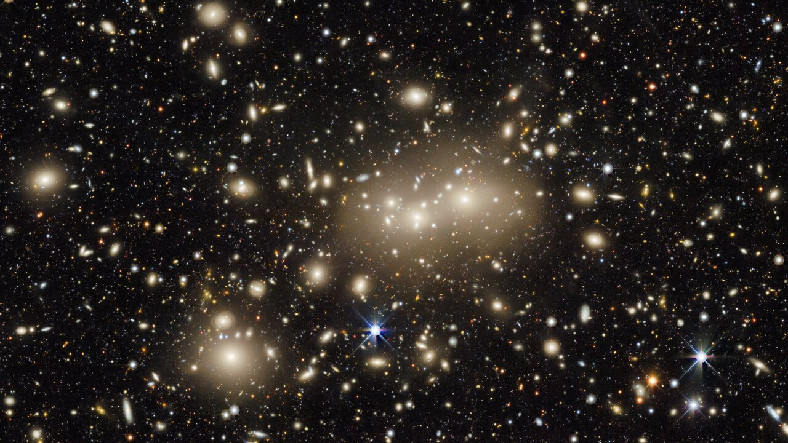The universe consists of billions of stars, planets and various objects. Scientists are also constantly trying to collect new information and make maps about the universe, of which we still don’t know much.
It shows the stars, planets, constellations and other celestial bodies in the sky.sky mapcards are one of them. Researchers have now announced that the largest 2D sky map ever has been updated. From the Dark Energy Spectroscopic Instrument (DESI) The latest data coming in has significantly increased the size of the giant map.
The aim of the study is to help us better understand dark energy.

Dark Energy Spectroscopic Instrument (DESI)
You can click on the link here to view the map.
The aim of this study is to map out how the universe has expanded over the past 12 billion years. improve our understanding of dark energy. To do this, data from telescopes around the world are combined and a map of the sky is created by powerful computers.
Dark energy, about which we know very little, is the name given to the force that causes the expansion of the universe. Dark energy is estimated to make up 68% of the universe. A recent study has made some important claims on the subject, showing that the source of dark energy may be black holes.
There are over 1 billion galaxies on the map

NOIR Lab
Returning to the map, the new data was taken from southern extragalactic (non-Milky Way) images from the Dark Energy Camera (DECam), according to NOIRLAb. The new data, said to be the 10th published to date, expands the scope of the sky map. 20,000 square degrees He says it magnifies it and about half the whole sky. Billions of years away on the map more than a billion galaxies is located.
Finally, adding infrared wavelength data to the images, the researchers say, could help them calculate both the time it takes light from galaxies to reach Earth and the redshift of galaxies.















